Scripture in the Liturgy
NLC ARTICLES
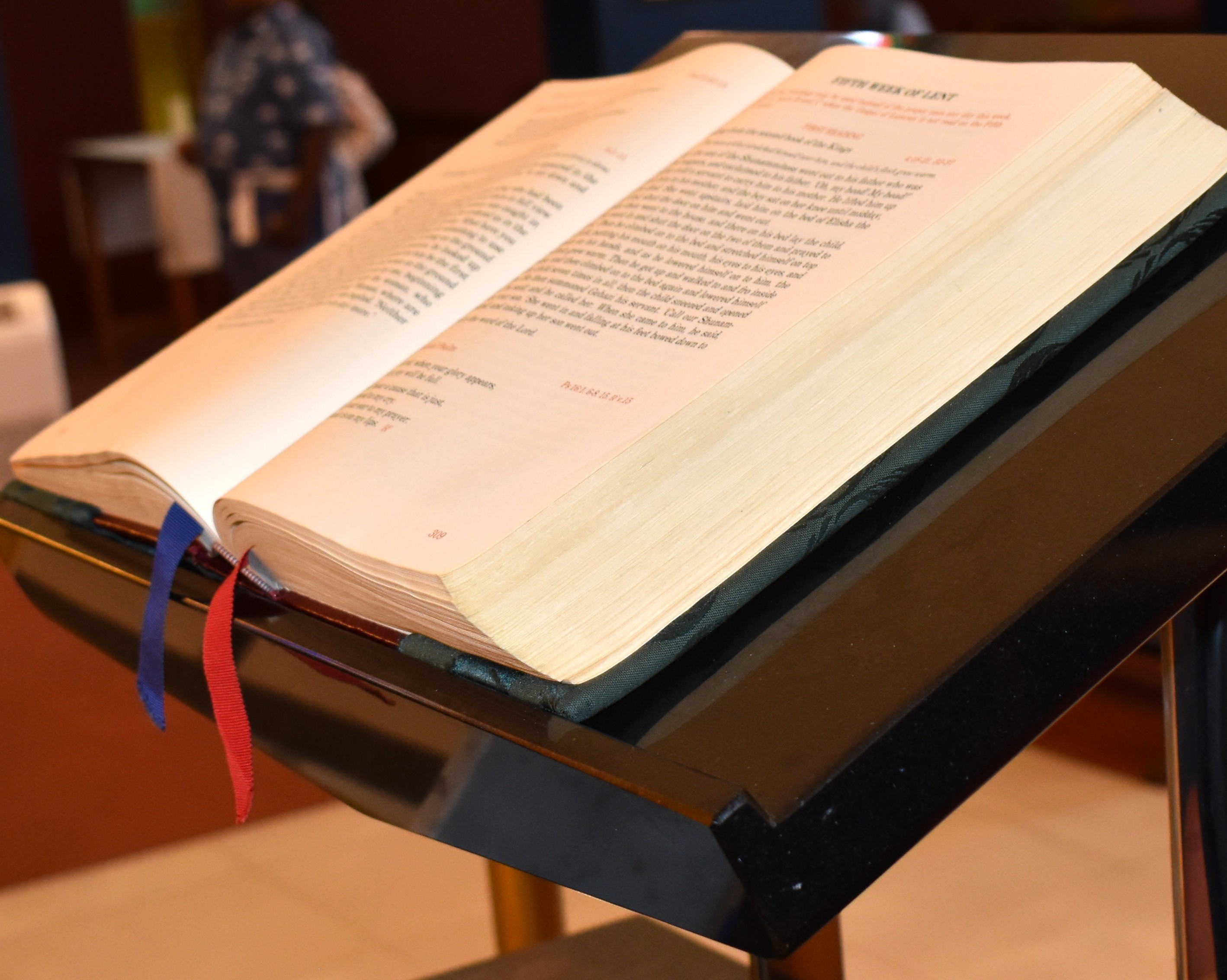
In response to the Second Vatican Council’s call for a greater range of scripture to be made available in the liturgy and for the promotion of a warm and living love of Scripture, the new Lectionary was published. The Lectionary compilers developed a particular system for choosing readings for the first reading, second reading and gospel.
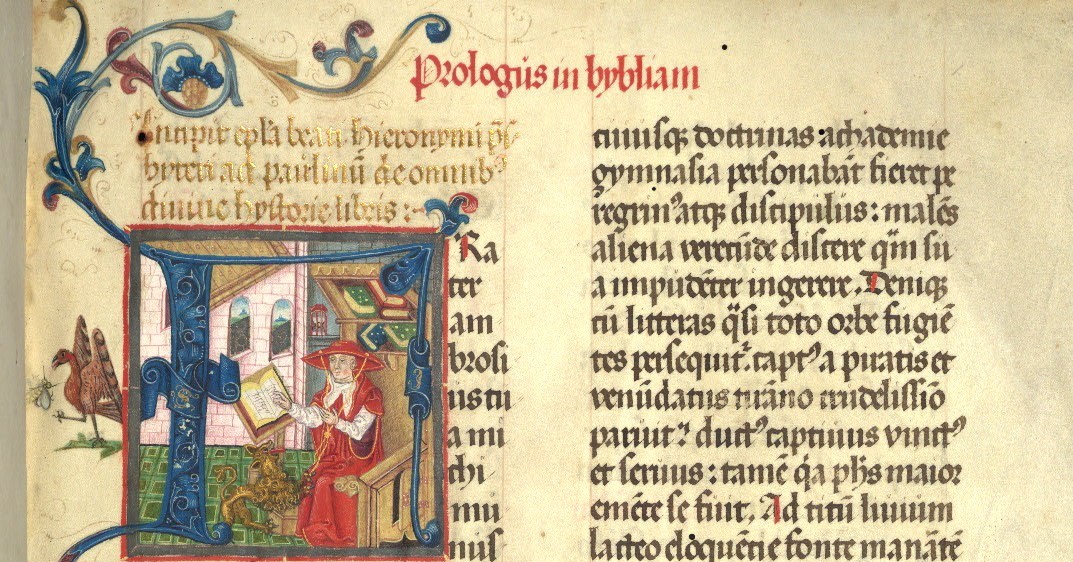
The first Bibles were handwritten with notes in the margins to indicate where liturgical readings would begin and end. The development of the printing press around 1440 made the standardisation of liturgical books possible.
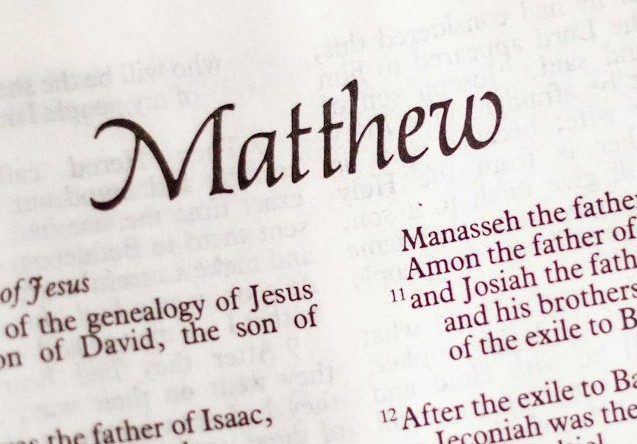
Matthew’s gospel account, read in Year A, has several special characteristics: the fullness with which it records Jesus’ teaching, the distinctive image of Jesus as teacher, its emphasis on the relationship of the gospel to Jewish law, the commission given to Peter, and the record of the post-resurrection appearances in Galilee. The only mention of the church, ecclesia, in the gospels is in Matthew.
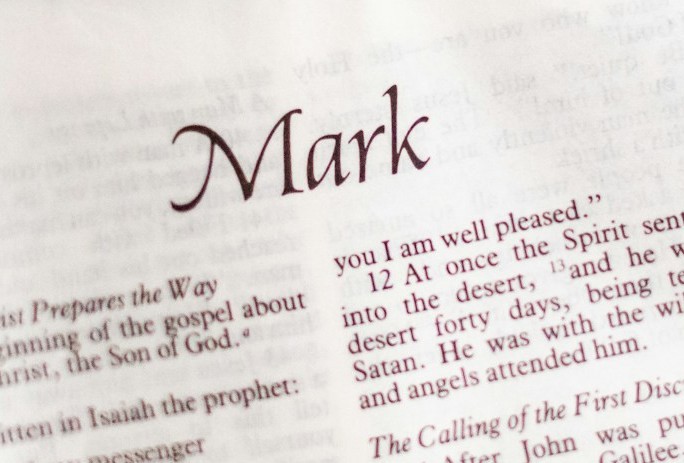
Three major themes appear in Mark: the identity of Jesus, the nature of the kingdom of God and the characteristics of genuine discipleship. Mark’s account is succinct and fast-moving and is read in Year B.
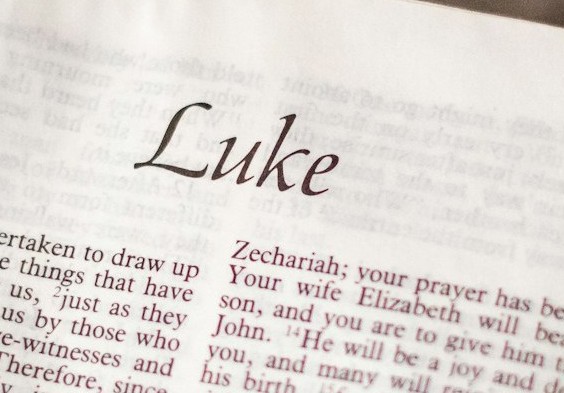
Luke wrote his story in two volumes - the Gospel of Luke and the Acts of the Apostles. Luke's is the only gospel to call Jesus "Saviour" and salvation is a prominent theme but unlike Mark and Matthew who link salvation to Jesus' death on the cross, Luke describes Jesus saving people throughout his ministry and shows it happening here and now, in their midst.
OTHER RESOURCES
Journal Articles
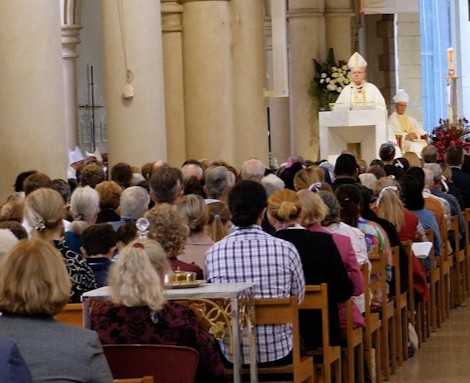
The social event of sharing the action of word, song, and gesture in the liturgy, has a powerful impact in the formation of a social identity and community, which stands in stark contrast to the modern silent and solitary concept of reading texts.
Podcasts
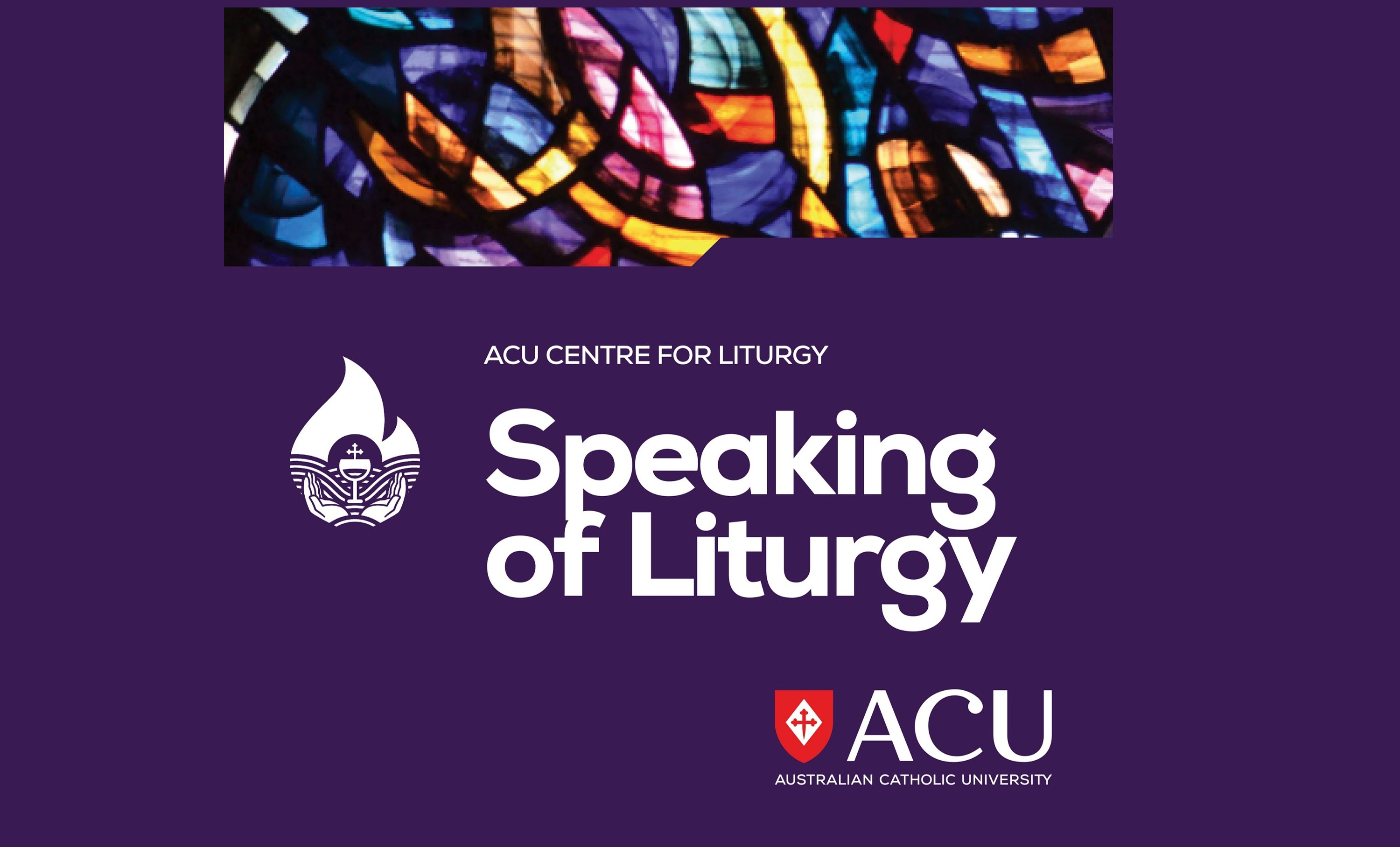
Dr Clare Schwantes describes the dynamic proclamation of the Word of God in the Liturgy and how this differs from a personal reading of Sacred Scripture.

